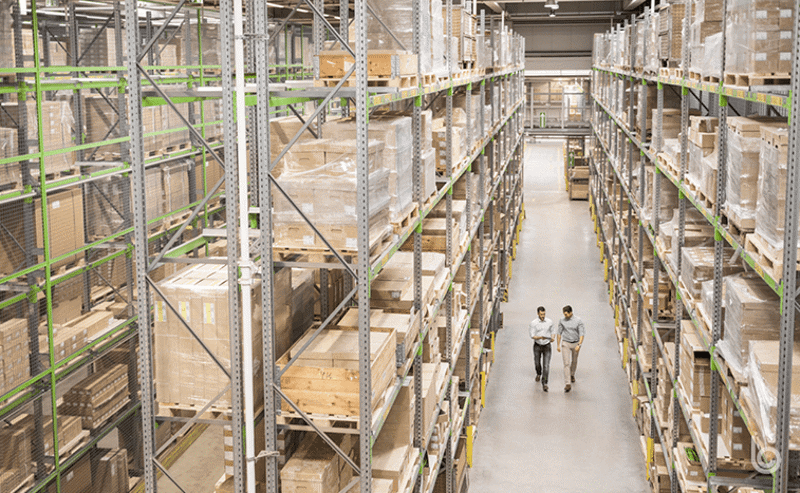“We want what we want, and we want it NOW!” Customers have now come to expect and even demand their purchases to be delivered within one to two days, with 69 percent of them claiming they wouldn’t make another purchase from a retailer, if their delivery was late. In addition, physical retailers face high customer demand as well, with 69 percent of shoppers wanting to see new merchandise every time they visit a store.
To keep up with these demands, companies have begun to rely on keeping large localized inventories. However, the consequences of maintaining these inventories include: high overhead costs and an increase in waste. In the next part of our supply chain challenges series, we will unpack the significance of utilizing localized inventories and solutions organizations can implement.
Retailers Struggle to Predict and Meet Demand
Last year alone we saw the closing of 9,300 stores, including brands like: Forever21, Payless and Sears. Relying on a large stock of inventory has been one of the cruxes of physical retailers in the past few years. With an often-unpredictable demand for products, retailers have made the mistake of keeping their inventories large and then having to markdown their products.
In 2018, markdowns cost the retail industry $300 billion, making it no surprise that many retailers have had to further cut down costs by closing hundreds of stores. However, this is not just a retail issue but a challenge that the entire supply chain industry will need to address as customer demand continues to rise.
How to Address Poor Inventory Management
Supply chain organizations can begin to leverage predictive analytics to reduce waste resulting from high inventory. By using data gathered from various factors — such as weather, economic trends and more — predictive analytics can lead to better supply and demand planning and optimal inventory management of products.
Another way to address poor inventory management is to close the gap between planning and executing with a neutral digital platform. As our CEO Pervinder Johar shared in Logistics Management, LSPs can use a digital platform to collaborate with other stakeholders and grant access to shared data, improving the overall customer experience and providing competitive prices and a higher quality offering.
The supply chain industry is well equipped to handle the challenges that lie ahead, but it will require leaders and stakeholders to ensure their organizations are investing in the latest technology. To follow along as we continue to tackle supply chain’s biggest challenges, get up-to-date with our first post.
contact us
Contact Us

